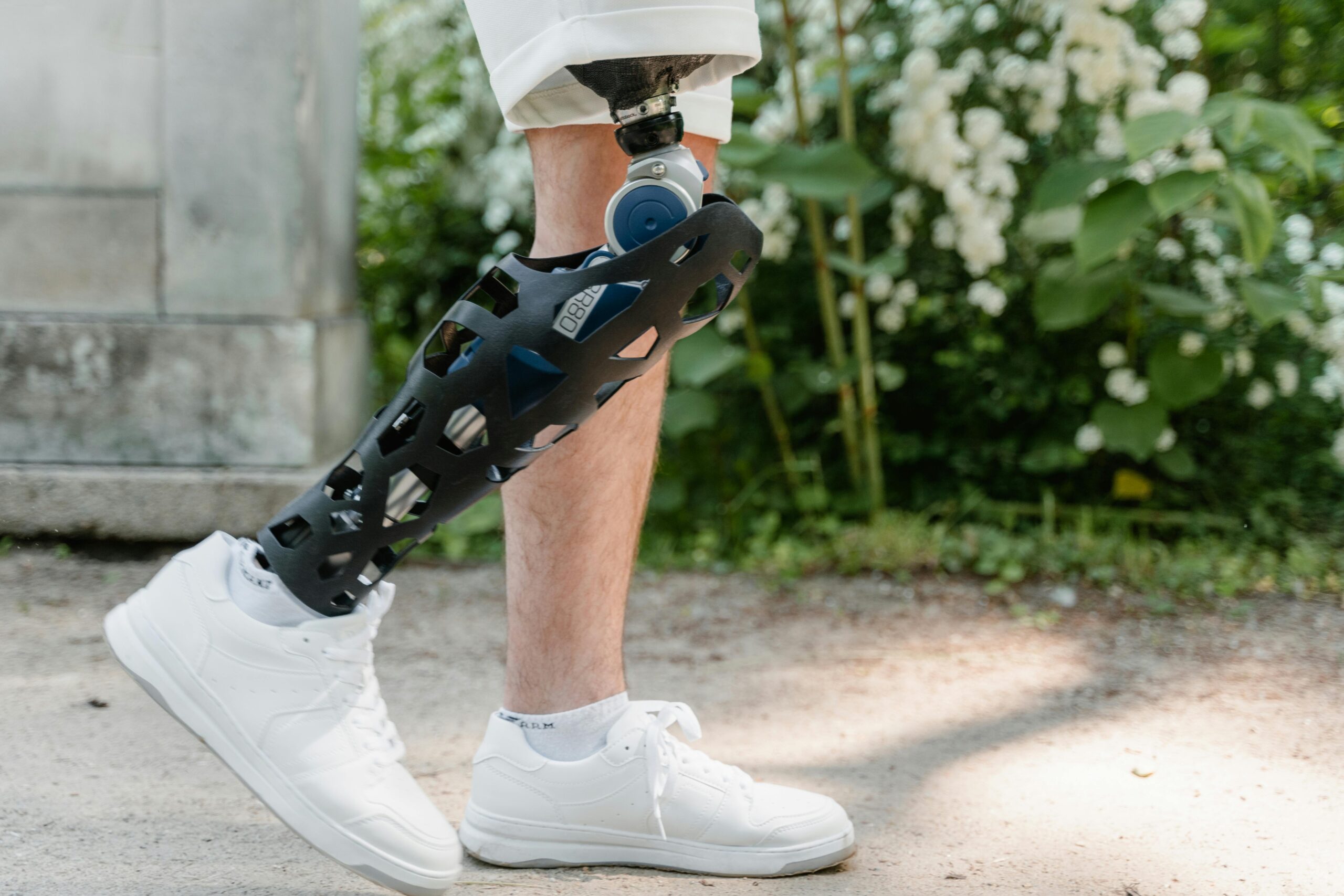Comprehensive Guide to Randolph Gardens Health and Rehabilitation
Randolph Gardens Health and Rehabilitation stands at the forefront of compassionate, high-quality care for seniors and individuals requiring skilled nursing services. As the demand for reliable long-term care increases, facilities like Randolph Gardens are more important than ever. This in-depth guide will explore the principles, practical implementation, and advanced services that make Randolph Gardens a trusted name in healthcare.

Understanding the Fundamentals
Randolph Gardens Health and Rehabilitation is a full-service care center designed to support individuals recovering from surgery, illness, or requiring extended care. These facilities are essential to healthcare because they provide an environment where patients receive consistent medical oversight along with therapeutic support.
With a foundation rooted in both medical care and emotional support, the facility reflects the evolution of rehabilitation centers from institutional-style settings to more holistic, patient-centered environments. Today, care facilities aim to preserve dignity while promoting healing and well-being.
1.1 Skilled Nursing Care
Skilled nursing refers to the daily care services provided by licensed professionals such as RNs and LPNs. These services include wound care, IV therapy, pain management, and medication administration. According to recent statistics, over 1.5 million Americans rely on skilled nursing services each year.
In facilities like Randolph Gardens Health and Rehabilitation, skilled nursing ensures 24/7 monitoring of patient health. A common misconception is that skilled nursing is only for the elderly, but patients of all ages recovering from trauma, surgery, or chronic illness benefit from it.
1.2 Comprehensive Rehabilitation Therapy
Rehabilitation therapy includes physical, occupational, and speech therapy services. What sets Randolph Gardens apart is its patient-first approach where personalized care plans are tailored based on mobility levels, cognitive ability, and individual recovery goals.
Patients may learn to walk again after surgery, regain hand coordination after a stroke, or relearn speech after a neurological event. This unique blend of therapies significantly improves outcomes and patient satisfaction.
Practical Implementation Guide
Turning theory into practice, Randolph Gardens Health and Rehabilitation emphasizes smooth transitions from hospital to rehab care. The facility provides a seamless intake process, followed by the design of individualized recovery programs. Results vary, but patients often report progress within the first two weeks.

2.1 Actionable Steps
- Initial Consultation: Meet with a care coordinator to assess the patient’s needs and history.
- Create a Care Plan: Professionals develop a roadmap using input from doctors, therapists, and the patient’s family.
- Rehabilitation Timeline: Set short-term and long-term goals with weekly milestones to track improvement.
2.2 Overcoming Challenges
Common obstacles in the rehabilitation journey include:
- Resistance to therapy routines
- Emotional and mental fatigue
- Family miscommunication
- Unrealistic expectations
- Insurance coverage limitations
Each of these can be mitigated by frequent check-ins, flexible planning, and supportive counseling sessions.
Experts recommend building a strong rapport between caregivers and patients and leveraging small victories to boost morale throughout recovery.
Advanced Applications
Randolph Gardens Health and Rehabilitation doesn’t stop at basic care—it integrates advanced practices like virtual monitoring, telehealth coordination, and specialized care units. Patients ready for more intensive support can access these features once foundational milestones are met.

3.1 Neurological Rehabilitation Programs
Specialized units cater to patients recovering from strokes, Parkinson’s, or spinal cord injuries. These programs use motion sensor analytics, real-time feedback, and targeted cognitive exercises. In one case study, 78% of patients regained 70%+ mobility within 60 days of admission.
3.2 Cardiac and Pulmonary Rehabilitation
Cardiac rehab includes heart-healthy lifestyle coaching, monitored exercise sessions, and risk management education. Pulmonary patients benefit from oxygen therapy and breathing exercises to increase lung function. Integration with electronic health records ensures continuity of care across treatment cycles.
Future Outlook
Healthcare is rapidly evolving, and facilities like Randolph Gardens Health and Rehabilitation are embracing innovation. From AI-powered diagnostics to robotic therapy assistants, the landscape is changing fast.
Projections show an expected 25% increase in demand for rehab care over the next five years. Facilities that adapt will not only survive but thrive. Readers should stay informed and consider pre-planning for rehabilitation needs to stay ahead of potential health crises.
Conclusion
To recap, Randolph Gardens Health and Rehabilitation offers:
- Skilled and compassionate care
- Comprehensive therapy programs
- Advanced recovery technologies
These services make it a trusted destination for post-acute recovery and long-term care alike.
If you or a loved one may require rehabilitation services, start the conversation today. Assess your needs, explore your options, and consider a facility like Randolph Gardens that places recovery and dignity at its core.
Frequently Asked Questions
- Q: What is Randolph Gardens Health and Rehabilitation? Randolph Gardens is a licensed facility providing skilled nursing, rehabilitation, and long-term care services to patients recovering from illness or injury.
- Q: How do I get started with admission? Begin by contacting the admissions department to schedule a consultation. Bring recent medical records and insurance information for a smooth process.
- Q: How long does rehabilitation usually take? Duration varies based on condition, but average stays range from 3 to 8 weeks. Chronic cases may require longer-term care.
- Q: What are the costs involved? Costs vary widely based on insurance, level of care, and services required. Medicare and Medicaid may cover part or all of the stay.
- Q: How does it compare to at-home recovery? Facility-based care offers 24/7 monitoring, access to professional therapists, and faster recovery timelines compared to home rehab.
- Q: Is the care staff qualified? Yes, all caregivers are licensed professionals trained in geriatric and rehabilitative care. Ongoing education ensures best practices are followed.
- Q: Can this service help with Alzheimer’s or dementia care? Absolutely. Specialized memory care programs are available to provide structured environments for those with cognitive impairments.
